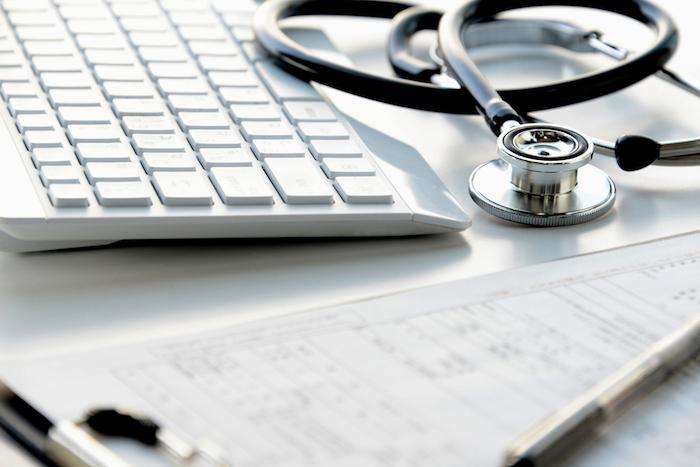
Of course, people would prefer to prevent a health issue before it starts, but those who suffer from gallstones don’t have that opportunity. There’s not yet any way to prevent gallstones, and why they form in some people and not others isn’t fully understood. Cholecystectomy, the surgical procedure to remove your gallbladder, is one of the most common procedures done, and few people have problems living without this organ.
Traditional open surgery resulted in a scar about 6 inches long, but new, minimally invasive techniques mean that your gallbladder can be removed with just four keyhole incisions. This dramatically reduces damage to surrounding tissue, a necessary aspect of open surgery, usually resulting in less after-surgery pain and shorter recovery times.
Still, there are risks with any surgical procedure. Knowing what to expect before, during, and after your laparoscopic cholecystectomy helps you get ready for the process.
Symptoms of gallbladder attacks
Hardened deposits of digestive fluids, gallstones form in the gallbladder in sizes ranging from a grain of sand to a golf ball, depending on the person. You may develop only one stone, or several could form simultaneously. Even then, you may not suffer a gallbladder attack. It’s only when a gallstone blocks passage of fluids that the symptoms of an attack occur.
Sudden pain that quickly becomes more intense is the most common sign of a gallbladder attack. The pain is present in the upper right portion of your abdomen or located centrally, just below your breastbone. You could also experience back pain between your shoulder blades, and your right shoulder may also be affected. All of these pain symptoms can be accompanied by nausea or vomiting, and an attack could last for several hours, or it may pass in just a few minutes.
Preparing for cholecystectomy
Once gallstones are confirmed through lab tests and diagnostic imaging, you’re assessed for surgery, including tests such as bloodwork and an EKG. Typically, you stop eating and drinking at midnight the night before your procedure, except for medications as advised by your surgeon.
Your surgeon may direct you to discontinue certain medications and supplements at one or two weeks before your procedure. If you smoke, discontinue tobacco use at least two weeks before surgery, and refrain from smoking two weeks after surgery to minimize the effect of nicotine on blood circulation.
Enlist the help of family and friends. Arrange for a ride to and from your surgery, which is typically done without an overnight hospital stay. While you may be able to walk later in the day after your surgery, you need about a week or two to return to normal activities, so arrange for help with day-to-day functions such as shopping or child care.
During your gallbladder removal procedure
The laparoscopic version of cholecystectomy is, like its open surgery counterpart, done under general anesthesia. Your surgical team inserts narrow instruments called cannulas into your abdomen to allow a camera and tools used to perform the operation.
Your gallbladder is gently separated from surrounding tissue and then removed through the small incision. Your surgeon also checks the area for gallstones that may have moved into other parts of your biliary system.
Recovering from gallbladder removal
While laparoscopic techniques limit damage to surrounding tissue, cholecystectomy is still a substantial abdominal procedure. You’re generally discharged the day of surgery, once you can hold liquids down. It’s normal for nausea to continue for about 24 hours, a by-product of both anesthesia and the surgery itself.
Discomfort or pain is common after your procedure, but you’re encouraged to walk around once you’re home, including climbing stairs. Your recovery should progress steadily each day. If you have a sedentary office job, you may feel ready to work a few days after your surgery. Those with more strenuous jobs should take a week or more before returning. This is much quicker than open surgery gallbladder removal, which typically needs four to six weeks of recovery time before a return to work.
Every gallbladder procedure is different. To learn more about you can expect, contact us at Candela and Schreier Medical Corporation, by phone or online, to arrange a consultation at either of our locations.
